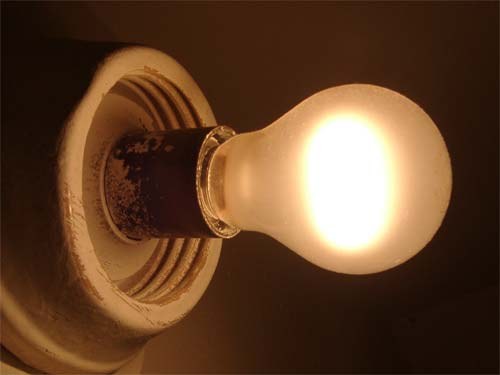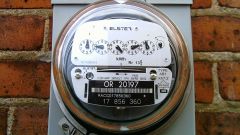Instruction
1
Start to understand what kind of value you need to take into consideration. The fact that very often in the calculation of electricity the concept of kilowatt-hours and kilowatts are confusing. Although kW is power (that is, the amount consumed by the device of energy) and kilowatt-hour is the amount of time consumed per hour.
2
Please note that the data on energy consumed on the electric counter indicated in kilowatts. To convert them into watts, multiply the number of kilowatt one thousand. Thus, 1 kilowatt * 1000 = 1000 watts.
3
As watt-hours or kilowatt-hours is the amount of watts for a certain period of time, for calculations you must know for what period of time to get the figure. Divide the number of watt-hours by the number of hours for which the calculation is performed.
4
For example, you know that in the past month (30 days) consumption of electricity metering devices is 72 kilowatt/hours. Multiply this figure by a thousand. To obtain the number of watts. 68,4*1000=68400 watts/hour. Now divide the resulting figure by 720. That's the number of hours in one month (30*24=720). 68400/720=95 watts. It turns out that in the course of a month constantly burning one light bulb with a power of 95 watts.
5
Remember that the data remain approximate average character, if you produce a General calculation. It is impossible to distinguish one particular appliance. This formula does not take into account the loss of energy. To calculate power watts for a single device you need to connect it to the network in a single copy, included leaving within the hour. The resulting figure will be the desired value. For example, if the network was enabled iron. Potrebu one hour 1500 watt/hour, power consumption of this device would be exactly 1500 watts.



